-
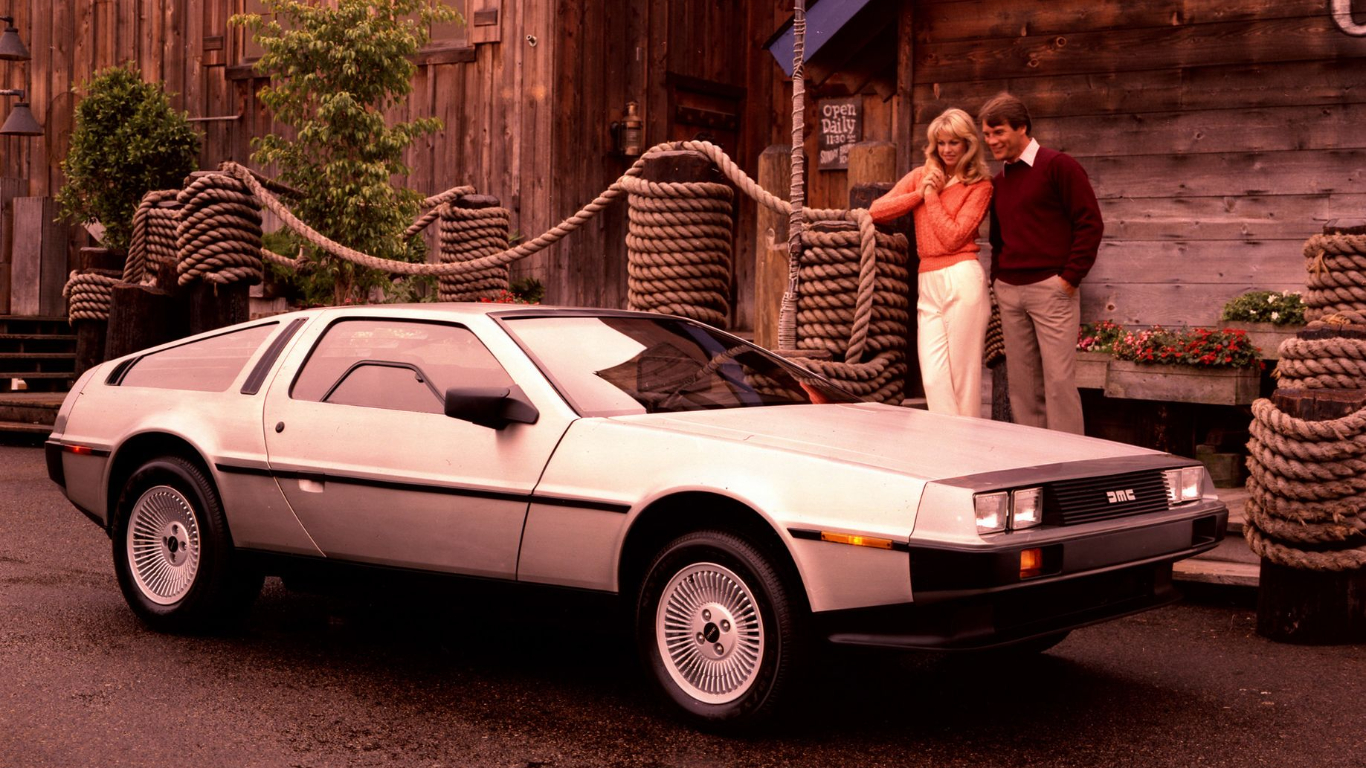
Back to the past
© DeLoreanThe DeLorean DMC-12 wasn’t the best car of the 1980s – not by a long shot – but its fascinating backstory and starring role in a certain Hollywood movie give it genuine star quality. So, strap in for a tale of big dreams, alleged drug deals and what happens at 88mph…
-
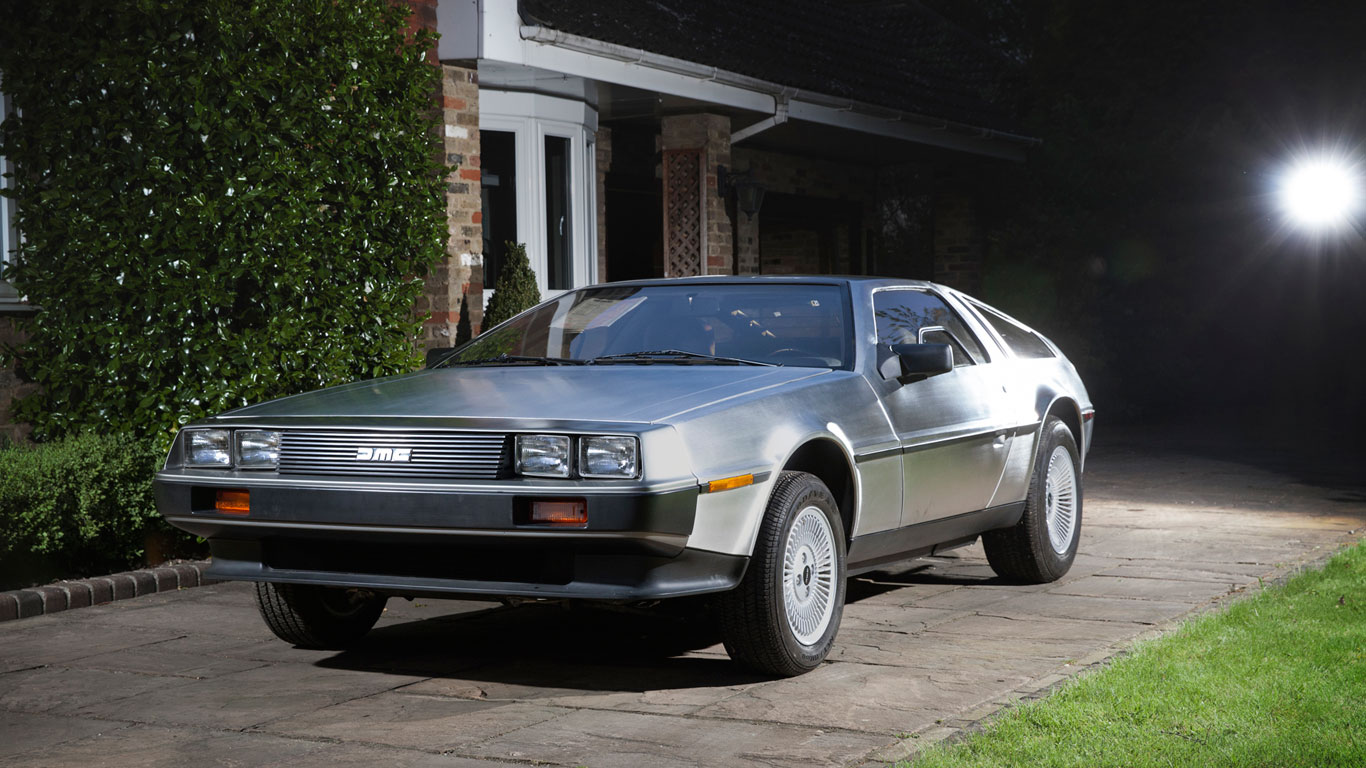
The last DeLorean DMC-12 made in 1981
© Historics at BrooklandsThe DeLorean DMC-12 in most of our photos was the final car to leave the factory in 1981. It was shipped to a dealer in New Jersey, where it stayed locked away until November 2000. It was then transported back across the Atlantic to the UK, still with only 24 miles on the clock. The car remained in storage, before being auctioned by Historics in 2015.
-
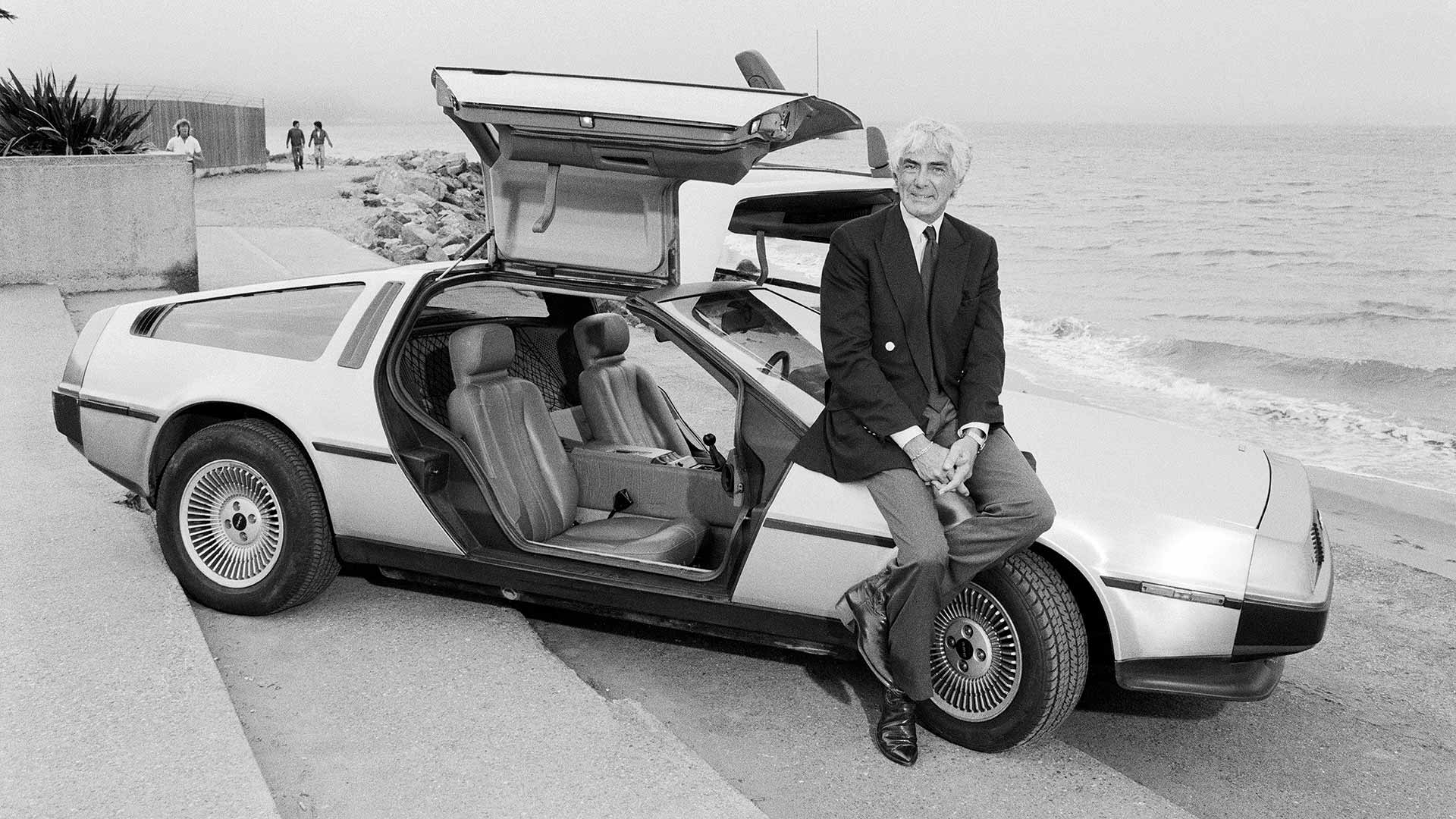
Run by John DeLorean
© DeLoreanThe DeLorean story is one of ambition, politics, scandal and fate. Running the company was former General Motors vice president, John DeLorean, an outspoken and flamboyant man seemingly out of place in such a conservative organisation. DeLorean was known for his love of fast cars and fast women, so it was inevitable that he eventually fell out with his fellow executives at GM. He left in 1973 and could have easily spent the rest of his days living off the compensation and bonus payments he received. But that wasn’t DeLorean’s style…
-
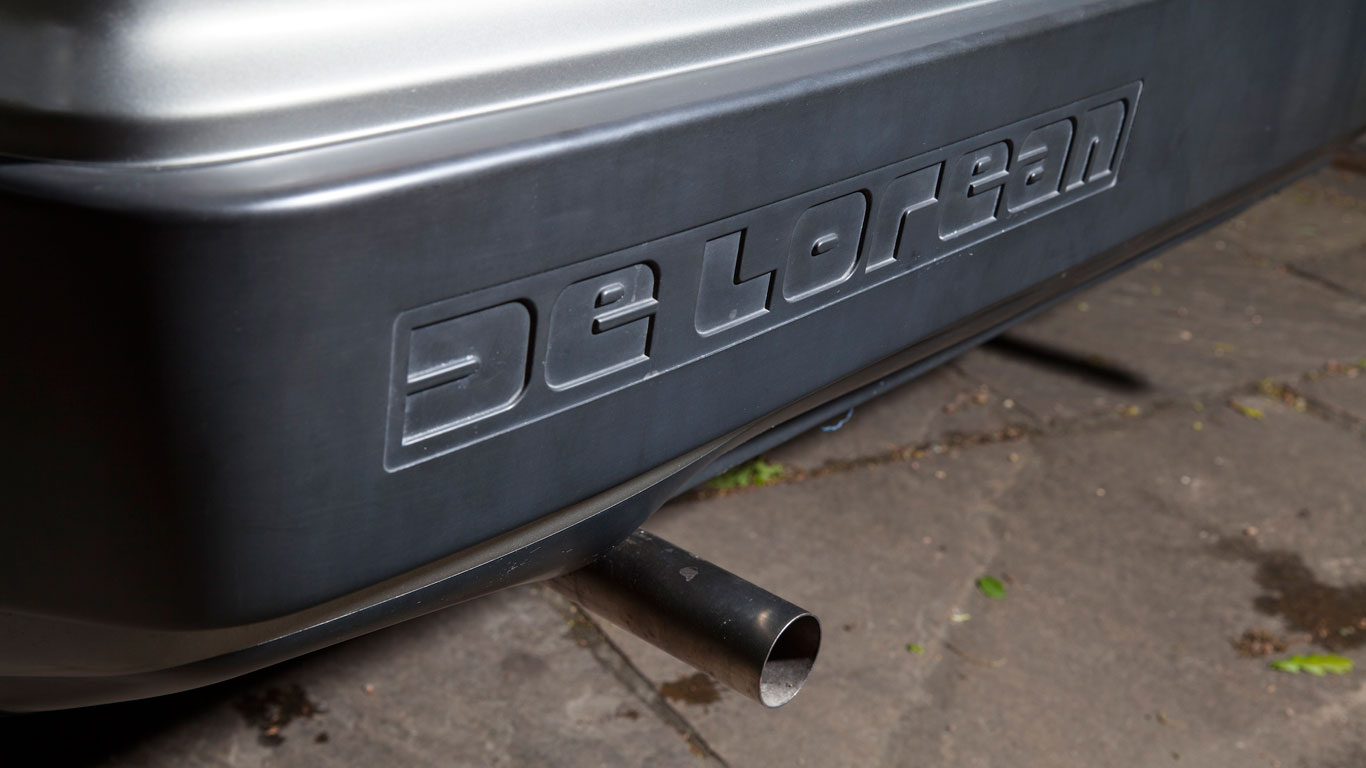
A supercar for the masses
© Historics at BrooklandsJohn DeLorean had always harboured plans to build a sports car and now, free from the GM shackles, he was free to do so. Only he wasn’t. His release contract included a non-competitive clause, meaning he couldn’t set up an automotive company to rival General Motors. When GM bosses heard of his plans, they terminated his payments – but this meant DeLorean was free to realise his lifetime ambition. He would build a supercar for the masses. The game was on.
-
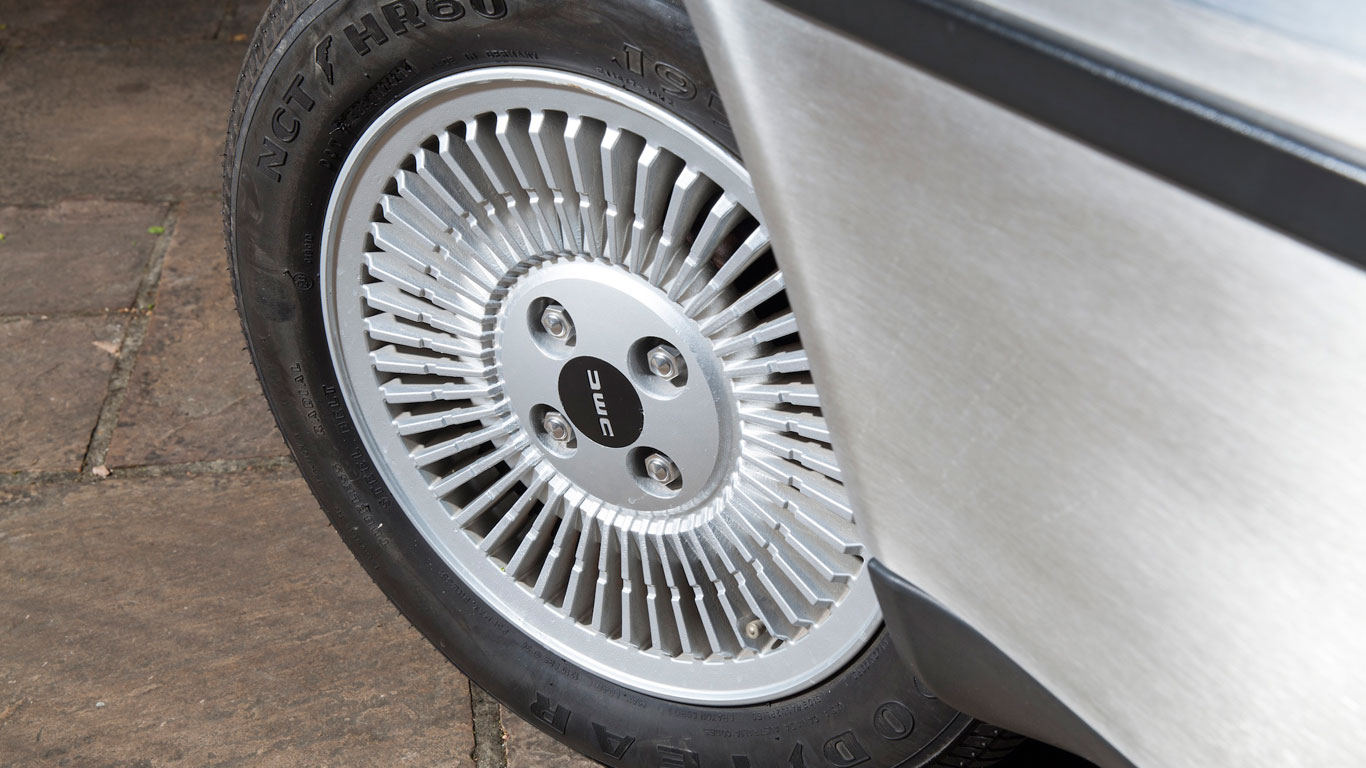
DMC-12: the ethical sports car
© Historics at BrooklandsDeLorean assembled an all-star cast for the creation of the DMC-12, including the world’s greatest car designer: Giorgetto Giugiaro. Bill Collins was recruited from Pontiac to lead the development. For John DeLorean, the brief was simple: he wanted an ‘ethical sports car’. A lightweight, mid-engined supercar with a plastic body and stainless steel panels. It was a tough ask, especially for a fledgling organisation.
-

Company founded in 1975
© Veloce PublishingIn 1975, the DeLorean Motor Company (DMC) was incorporated. Even with John DeLorean’s incredible wealth, he would still require backing from investors in order for the business to get off the ground. This is where DeLorean’s ability to charm and talk people into a potential deal came to the fore. The DMC-12 project was funded through a host of holding companies and by 1976 a prototype had been built. Thanks to DeLorean’s past, the car was headline news across the world. The company couldn’t have wished for a better start.
-
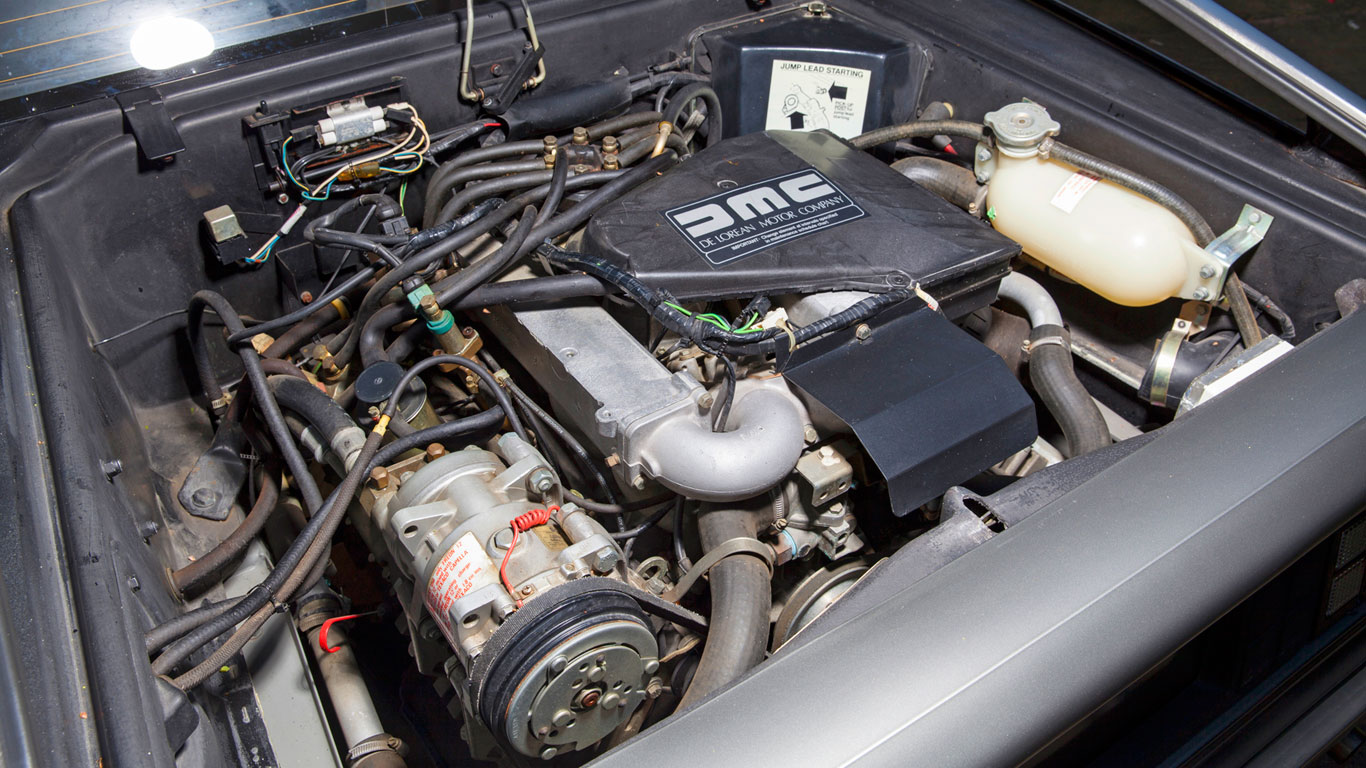
Powered by a Renault V6 engine
© Historics at BrooklandsYet it wasn’t all plain sailing. Having sourced a 2.8-litre V6 engine from Renault, it made engineering sense to make use of Renault transaxles. In order to make this work, though, the engineers were forced into relocating the engine behind the rear axle, making the car rear- and not mid-engined as originally specified. Not too much of a problem. Well, not unless the leader of the organisation had previously gone on-record to criticise rear-engined cars.
-
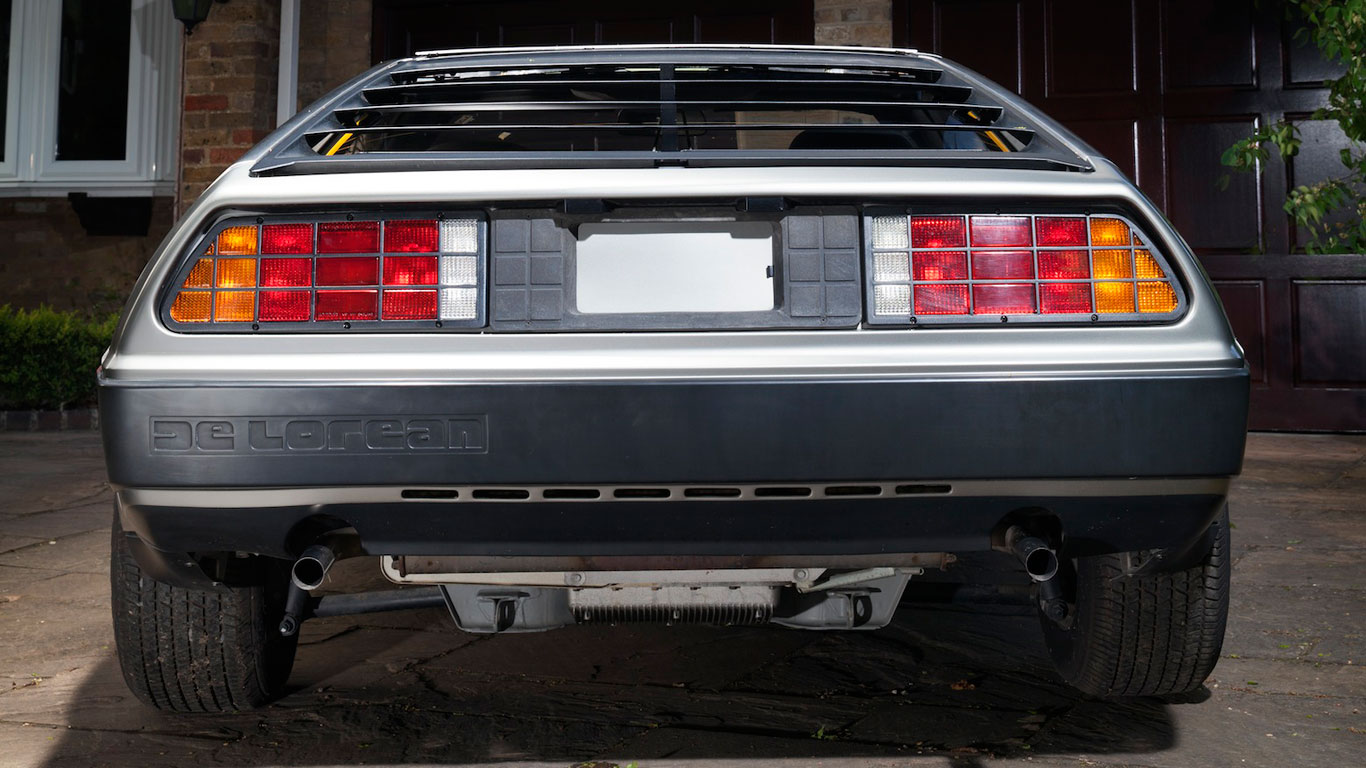
A factory just outside Belfast
© Historics at BrooklandsNo matter, the project continued to develop at great pace. It soon became clear that share flotations alone wouldn’t be enough to fund full-scale production of the DMC-12, but there was an alternative. Many governments around the world were keen to provide subsidies to organisations who could provide jobs for their unemployed workers. Cutting a long story short, negotiations settled in Northern Ireland, where DeLorean promised to create at least 2,000 jobs.
-
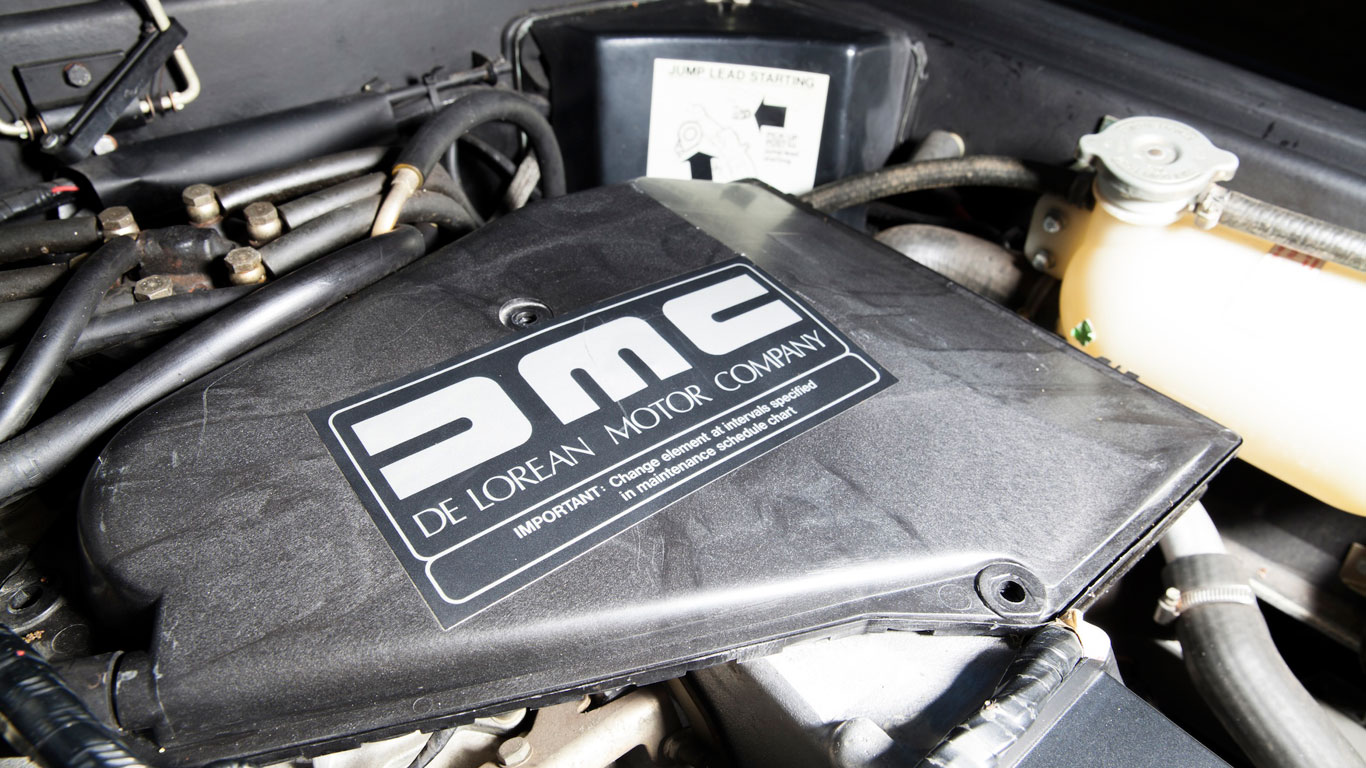
Investment from British government
© Historics at BrooklandsThe DeLorean Motor Company received £16.5 million in government-backed loans, plus a further £22 million in grants and nearly £18 million as an equity investment. It wasn’t a deal that sat well with everyone, political or otherwise. However, with a 72-acre site secured for a factory and the backing it required, DeLorean was up and running.
-
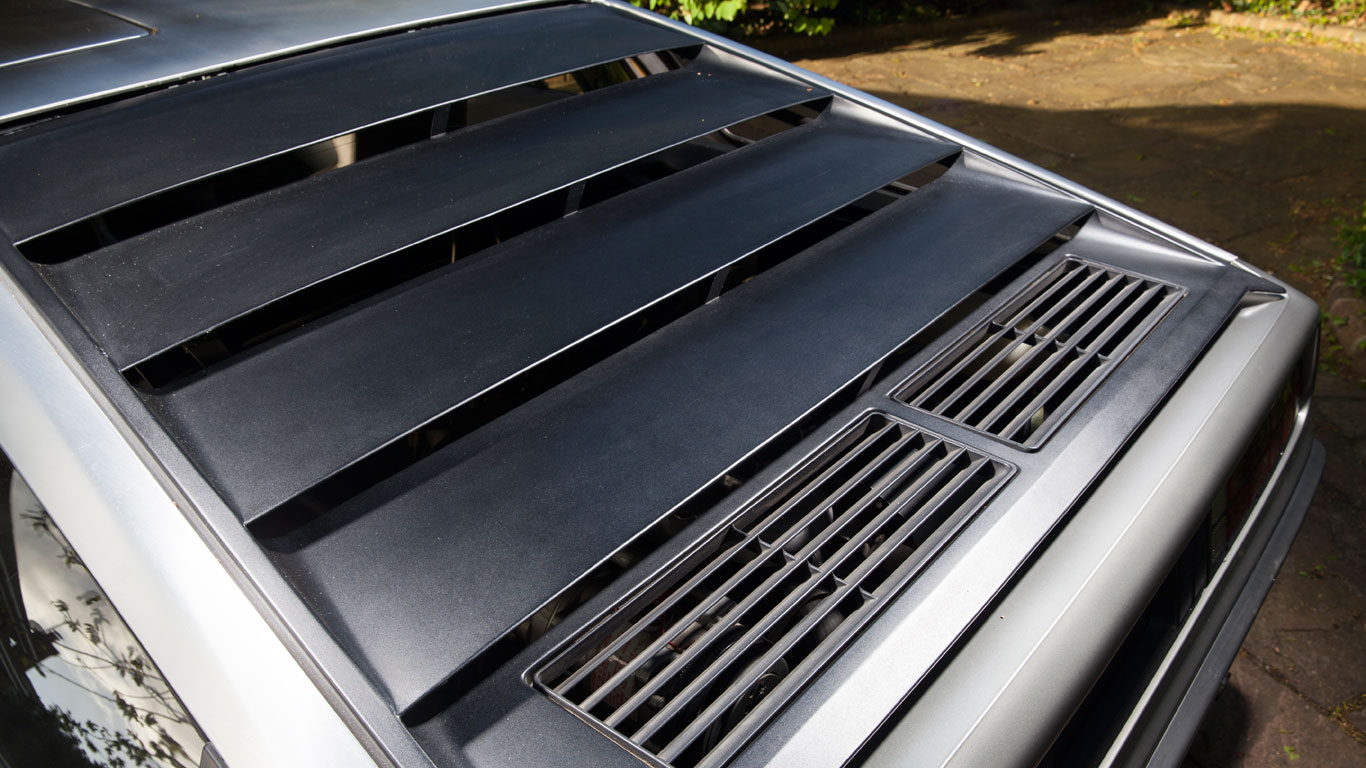
Borrowed parts from the Lotus Esprit
© Historics at BrooklandsLotus was chosen to develop the DMC-12 for production. Bill Collins, who left the organisation, accepted the business decision, giving Lotus free rein to throw away much of his development work in favour of its own approach. The DMC-12 borrowed heavily from the Lotus Esprit, with the prototype’s original plastic body replaced with a fibreglass structure. The Renault V6 engine was retained and offered an output of just 130hp. The DMC-12 definitely looked faster than it actually was.
-
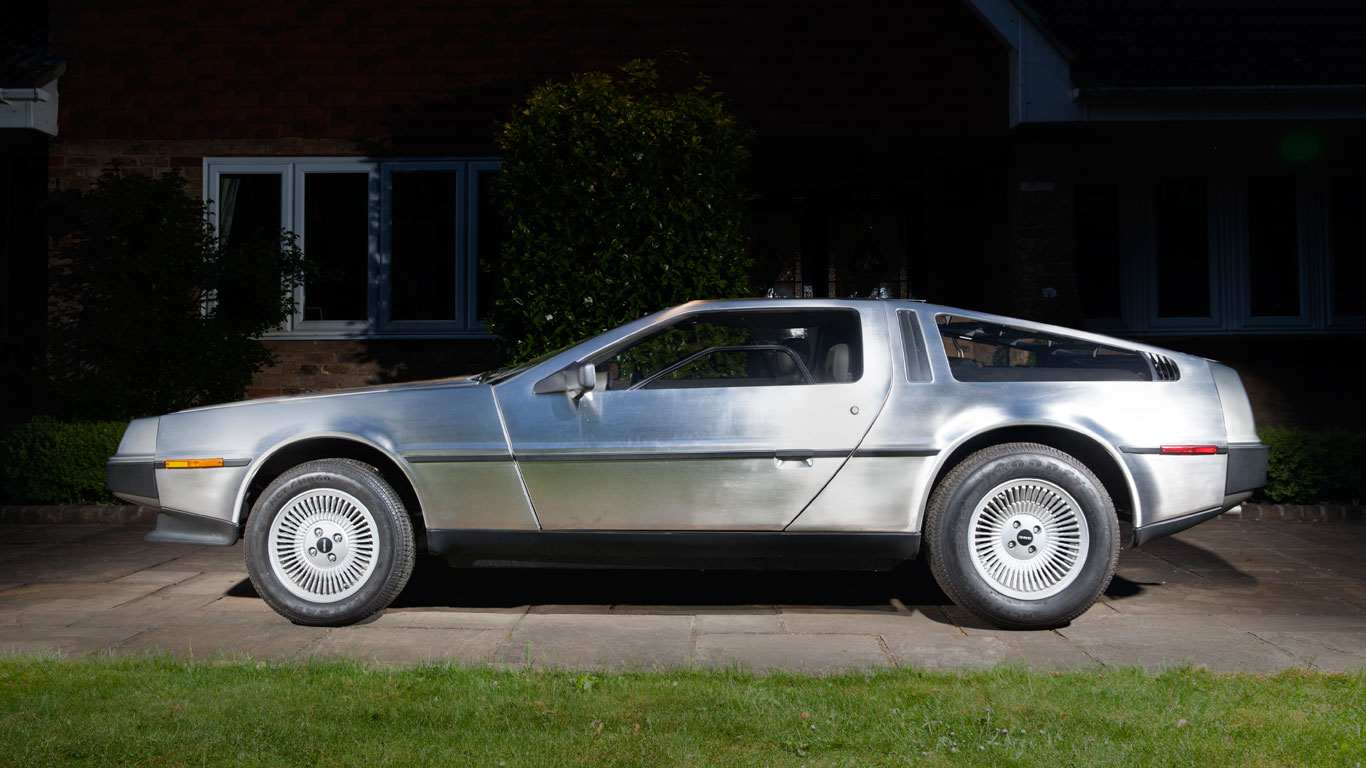
First cars built in January 1981
© Historics at BrooklandsThe first cars rolled off the production line in January 1981. They looked remarkably similar to the original prototype, but the DMC-12 was some 227kg heavier than planned, denting its performance even further. On the outside, John DeLorean remained resolute, carrying off his PR duties with aplomb. But behind the scenes, trouble was brewing. Nobody knew it at the time, but DeLorean’s company was on the verge of collapse.
-
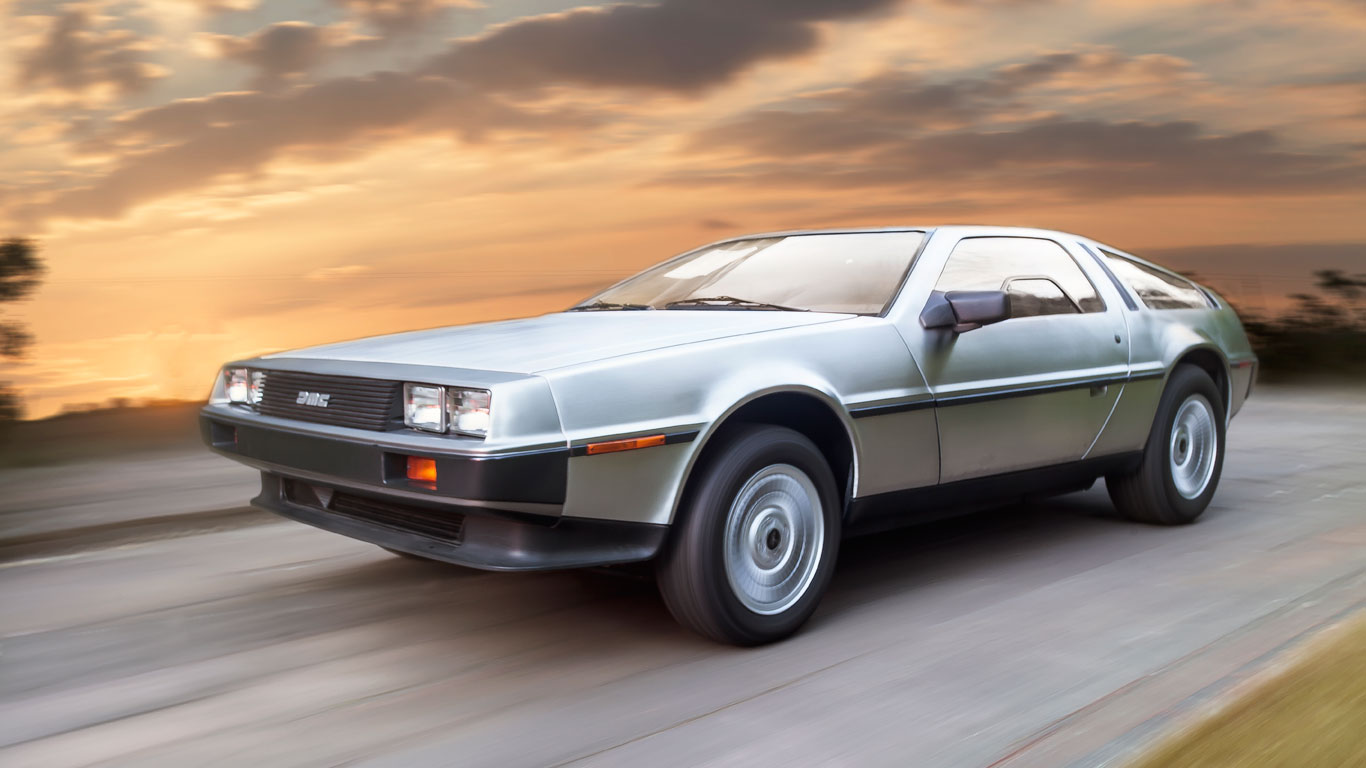
Beset with problems
© Historics at BrooklandsThe DeLorean Motor Corporation was in trouble. It had to borrow more money from the British government and many of the early cars were riddled with problems, forcing them to be rebuilt in the US, where a large number of DeLorean dealers had been established. Worse still, the DMC-12 wasn’t well received in the press, with reviewers criticising its straight-line speed, ride and handling. It had also doubled in price.
-
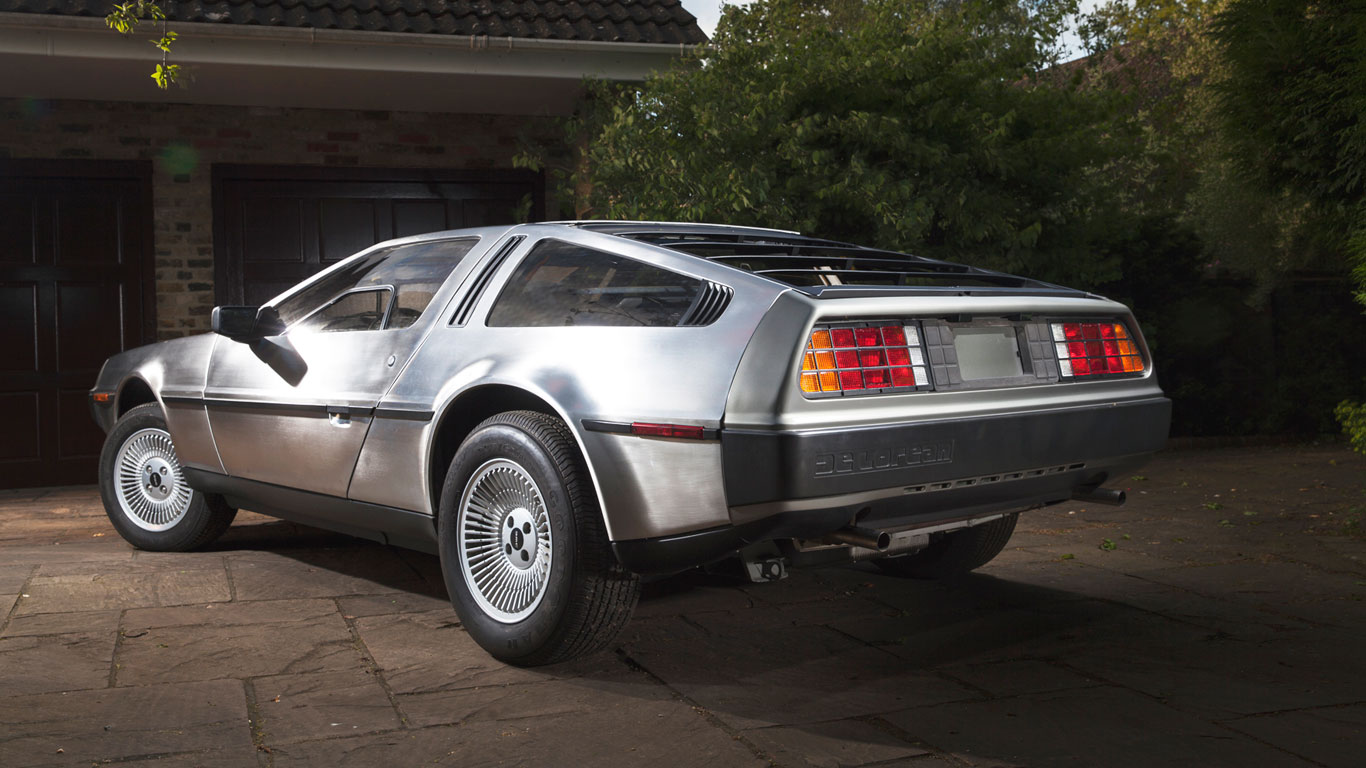
The troubles continue
© Historics at BrooklandsSome issues were out of DeLorean’s hands, like the economic crisis in the US, which resulted in a large number of DMC-12s remaining unsold. This started a chain of events leading to an investigation by the British government. Cutting another long and troubled story short, the factory remained open, with a skeleton staff employed to finish assembling the part-completed cars. Meanwhile, the company continued to haemorrhage cash.
-
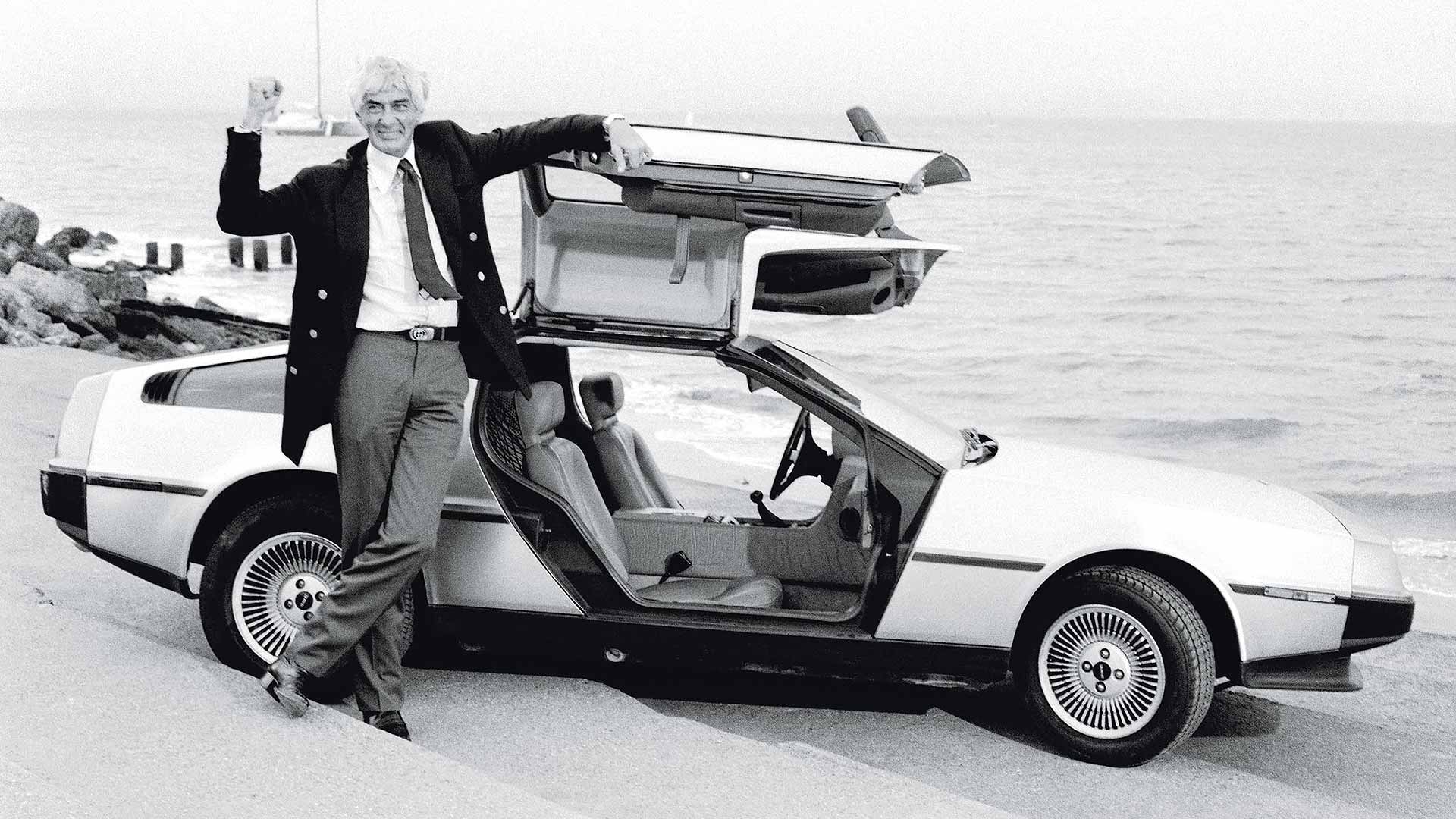
John DeLorean arrested on drugs charges
© DeLoreanThe writing was on the wall. Faced with unlikely financial targets and demands, John DeLorean was hit with a blow of a different kind. In 1982 he was arrested for conspiracy to distribute $24 million of drugs and the company was shut down. DeLorean was released on bail at a cost of $10 million, reduced to $5 million, and two years later he was found not guilty of all the charges, with the jury believing he’d been entrapped. Not that his troubles were over, as he was later investigated by the British government over alleged fraud.
-
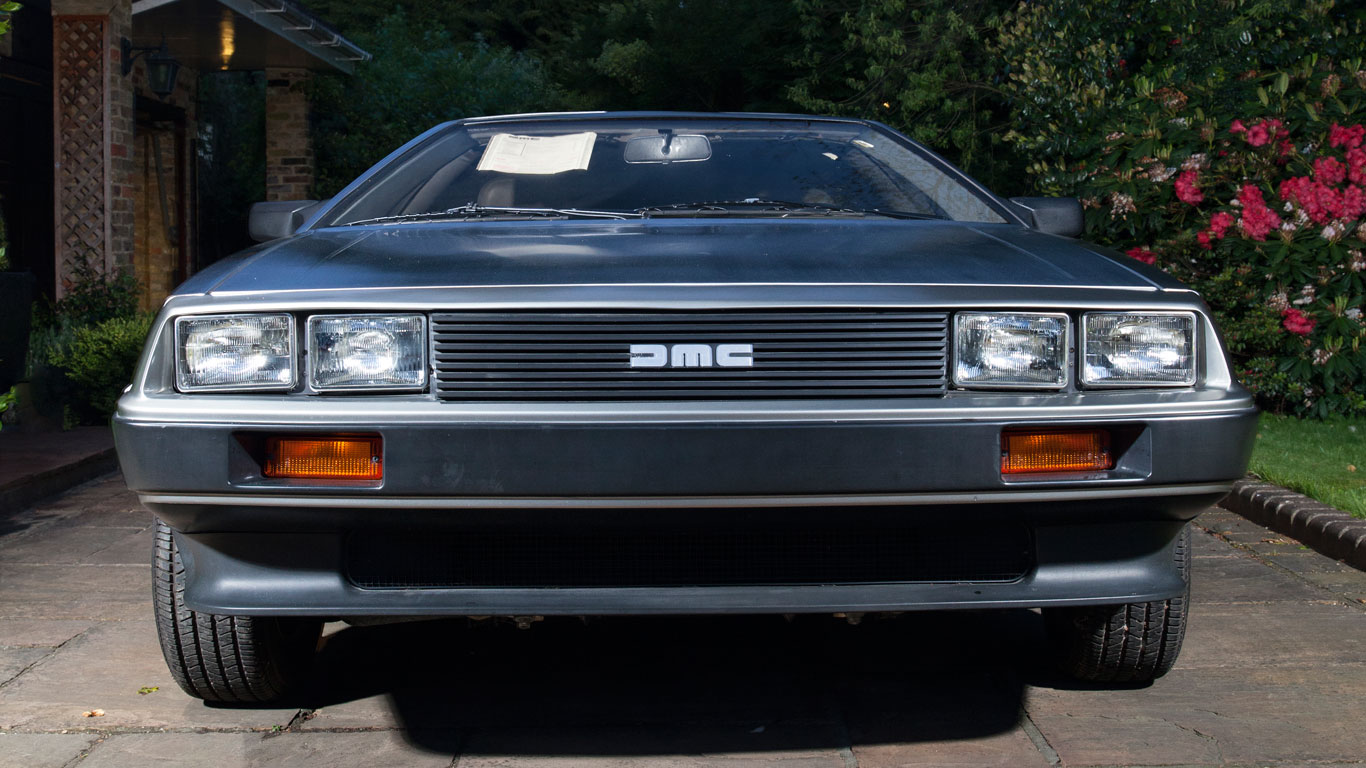
A car to forget?
© Historics at BrooklandsBy rights, then, the DeLorean DMC-12 should have been consigned to the history books, remembered only by enthusiasts and those with a love of a political story. Heck, there have been countless other ventures such as this, but very few are detailed to this extent. Sure, John DeLorean’s persona and his dealings with the British government elevate the saga to a certain level, but the car, well it really wasn’t that great. So it should have been forgotten. Only it wasn’t…
-
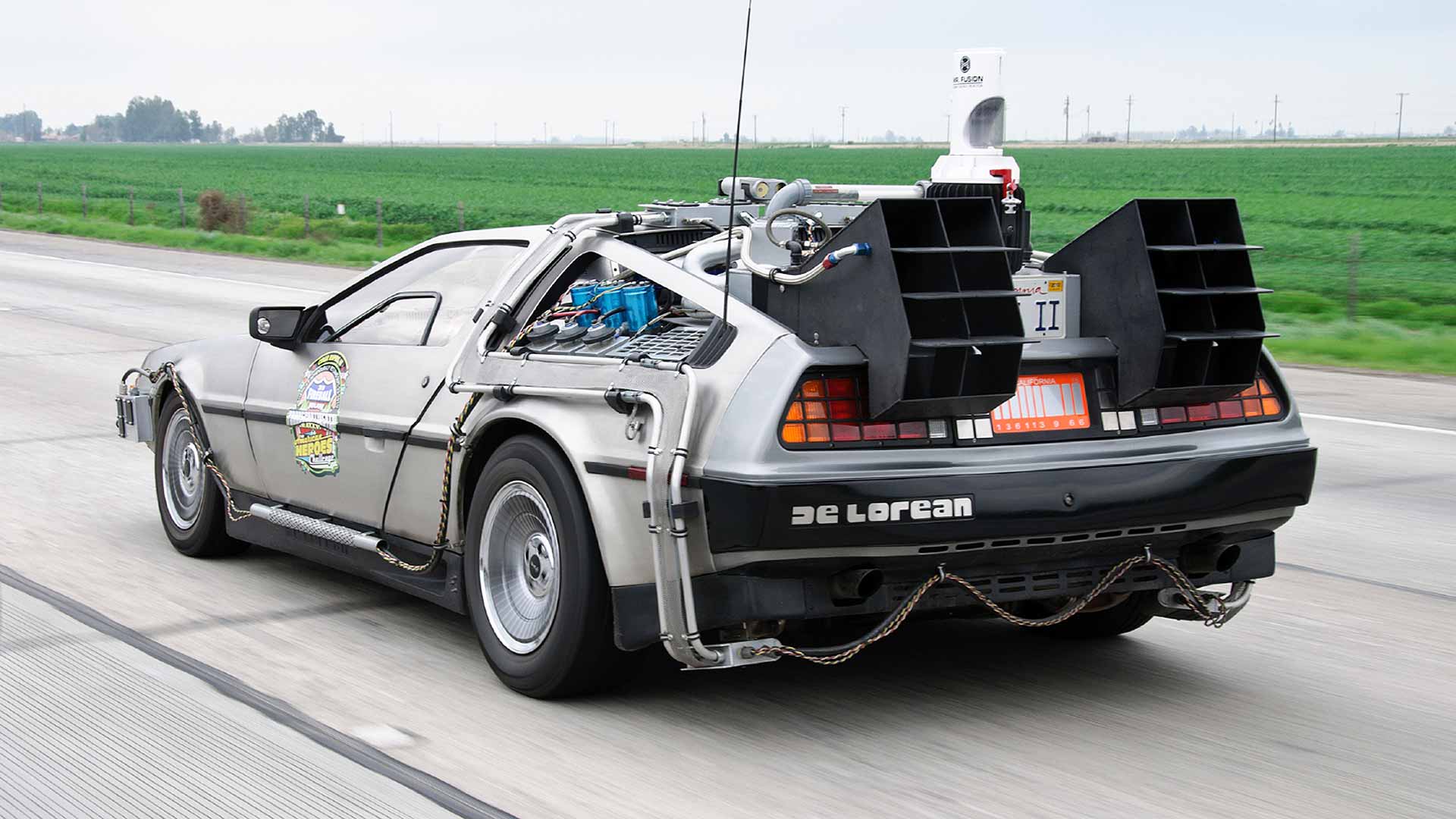
Back to the Future
© NewspressThanks to Steven Spielberg’s 1985 film, Back to the Future, the DeLorean DMC-12 was propelled back into the public eye. Not that the DMC-12 was the first choice to star alongside Doc Brown and Marty McFly. The original script actually called for the time machine to be a fridge, but there were concerns that children would lock themselves away hoping to be propelled through time. A car was considered to be a good alternative. But which car?
-
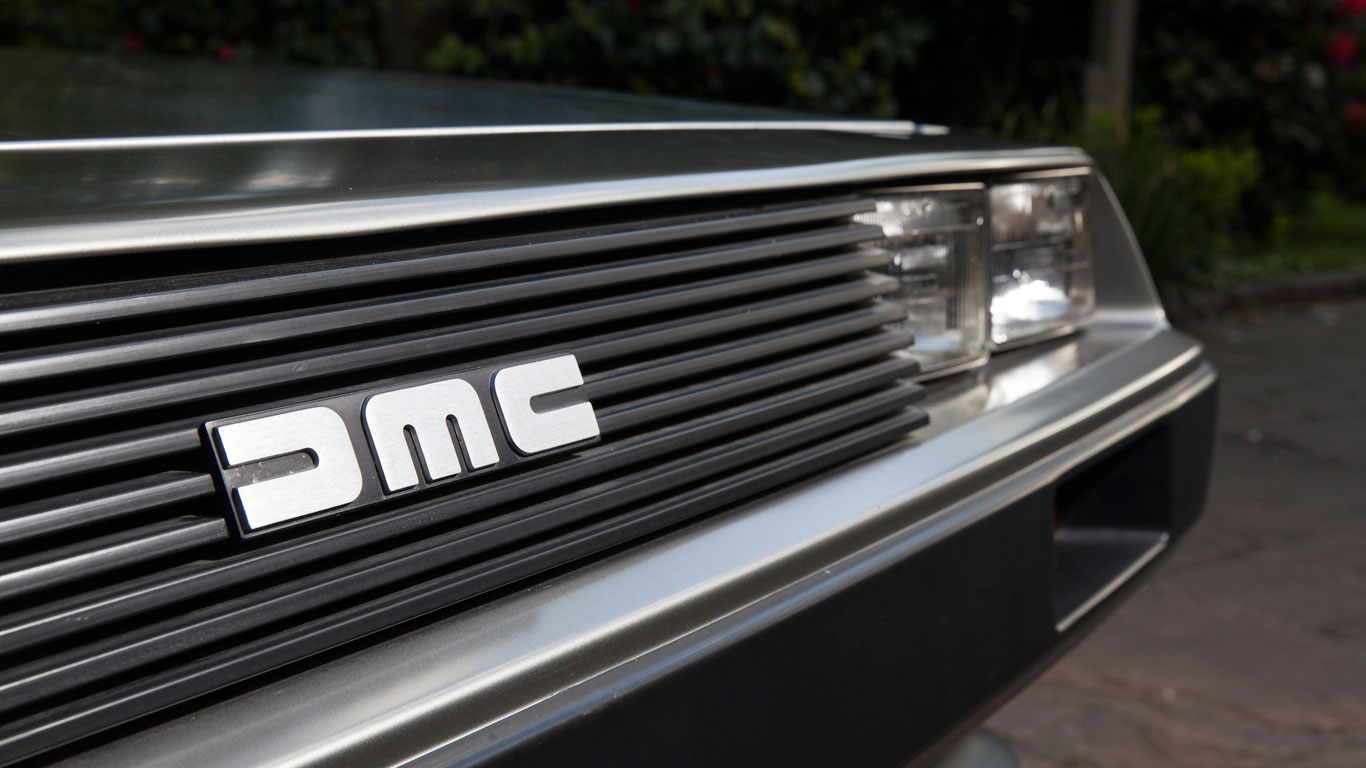
Time machines and flying saucers
© Historics at BrooklandsIn the book, Back to the Future: The Official Book of the Complete Movie Trilogy, director Robert Zemeckis, said, ‘we wanted the family to mistake the time machine for a flying saucer. We searched for the appropriate vehicle and found that the DeLorean’s gull-wing doors and design give it the resemblance of a spaceship.’ Kudos to John DeLorean and Giorgetto Giugiaro for coming up with the iconic shape.
-
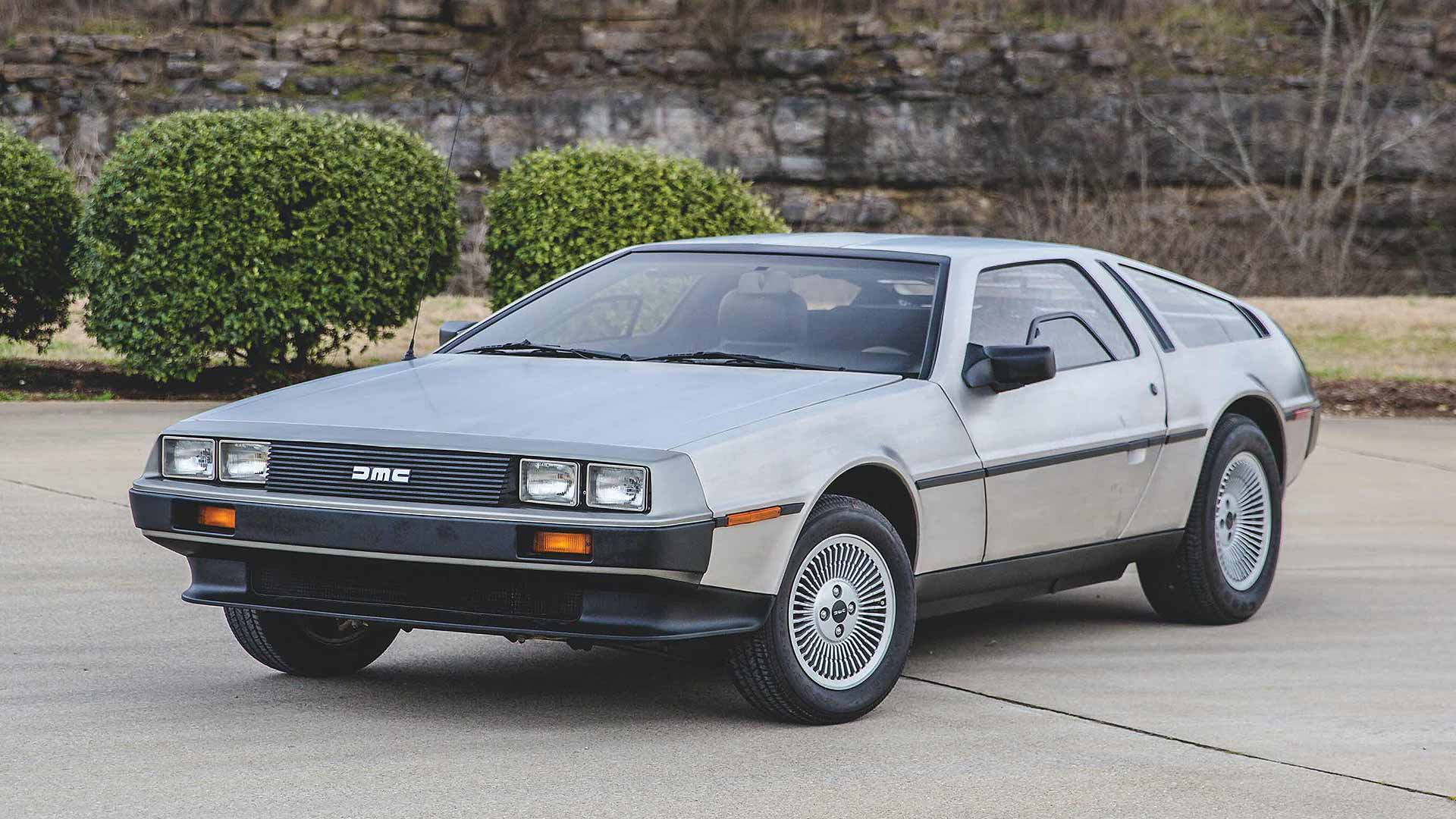
John DeLorean died in 2005
© NewspressThe DeLorean name was given a new lease of life. The licensing fees and merchandising surrounding the three films in the Back to the Future trilogy helped John DeLorean pay some of his ever-increasing debts. But even then he was forced to file for bankruptcy in 1999, before passing away in 2005. However, the image of the DeLorean DMC-12 had already been restored and the car is now more popular than ever, especially in the US.
-
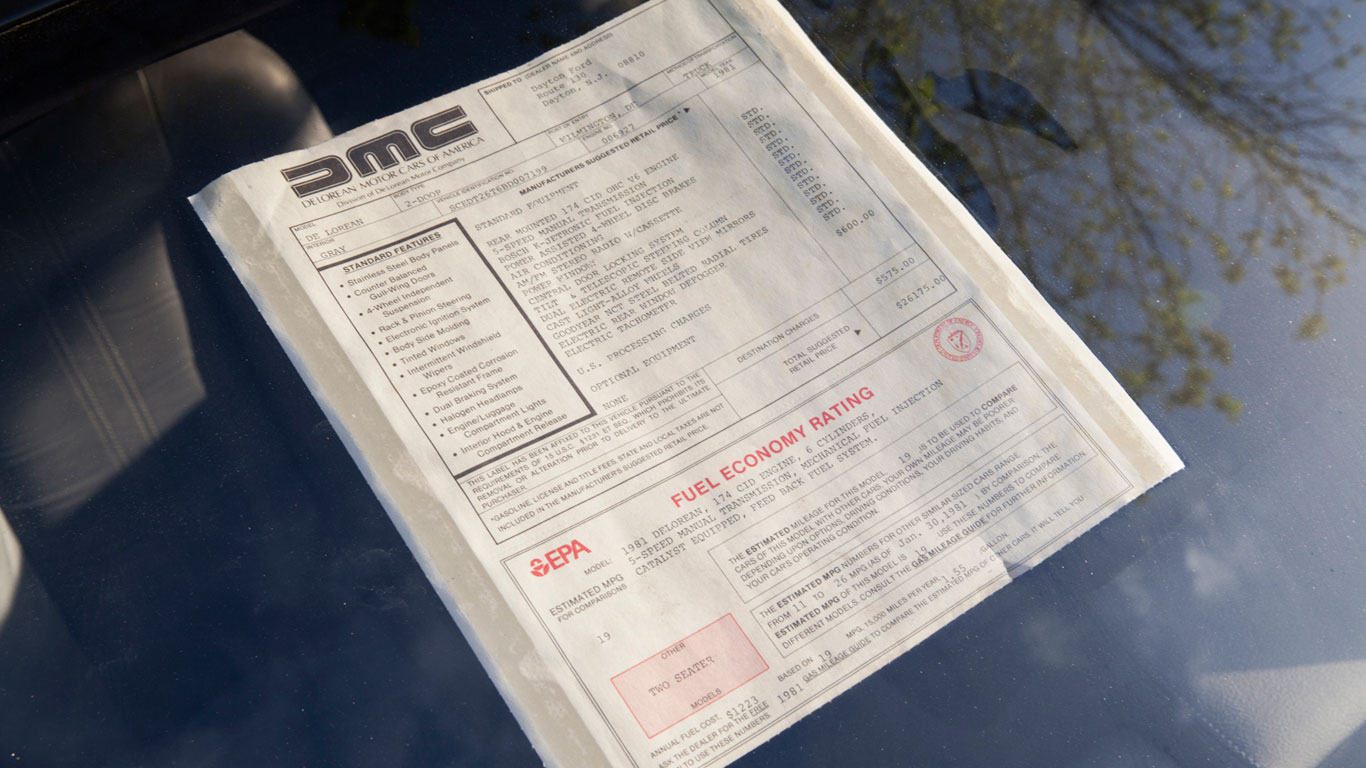
A unique provenance?
© Historics at BrooklandsWhich brings us back to this car – possibly the best and most original DeLorean DMC-12 of all. It still has the factory-fitted delivery and legislative stickers attached to the windscreen, giving it what must be unique provenance amongst other DMC-12s.
-
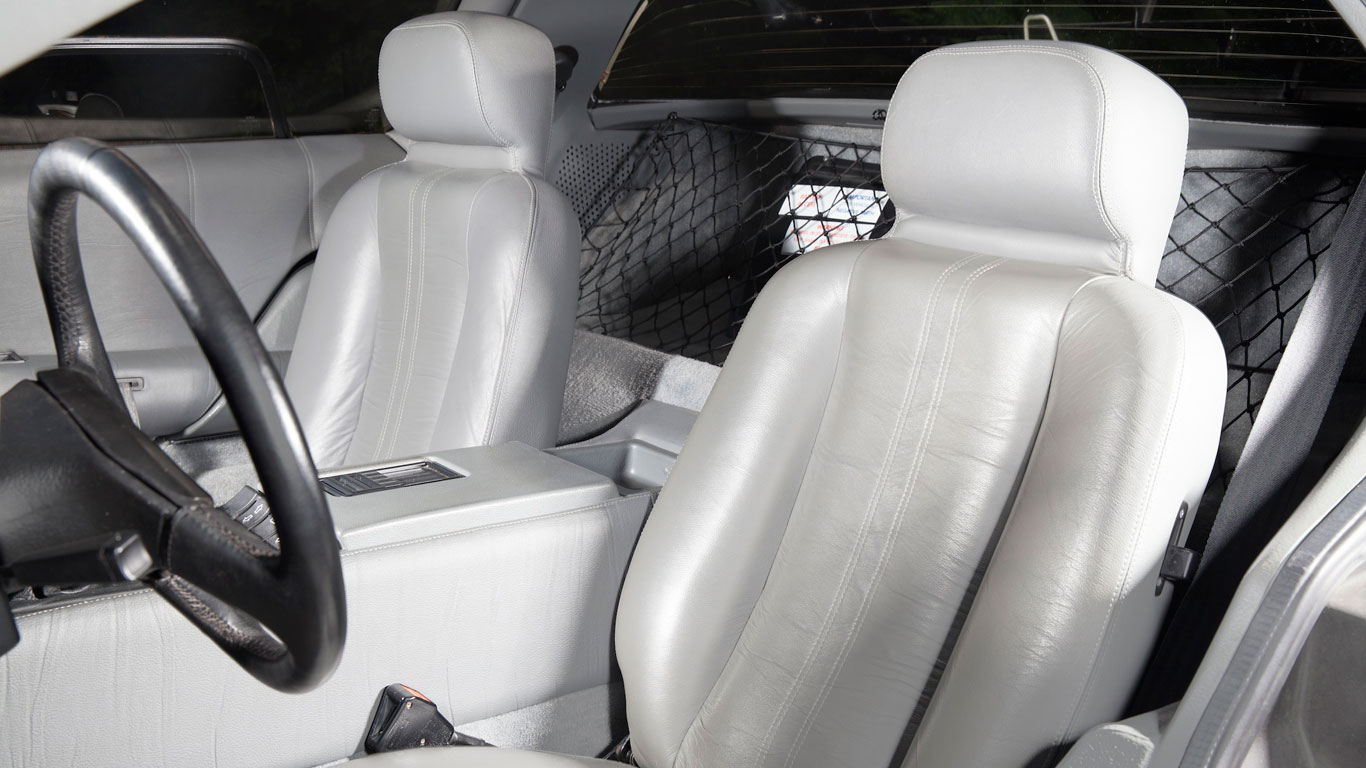
Everything is original
© Historics at BrooklandsThe DeLorean also has its original tyres and battery, and has received no modifications other than a regular change of fluids. It even came with the original, unused owners manual.
-
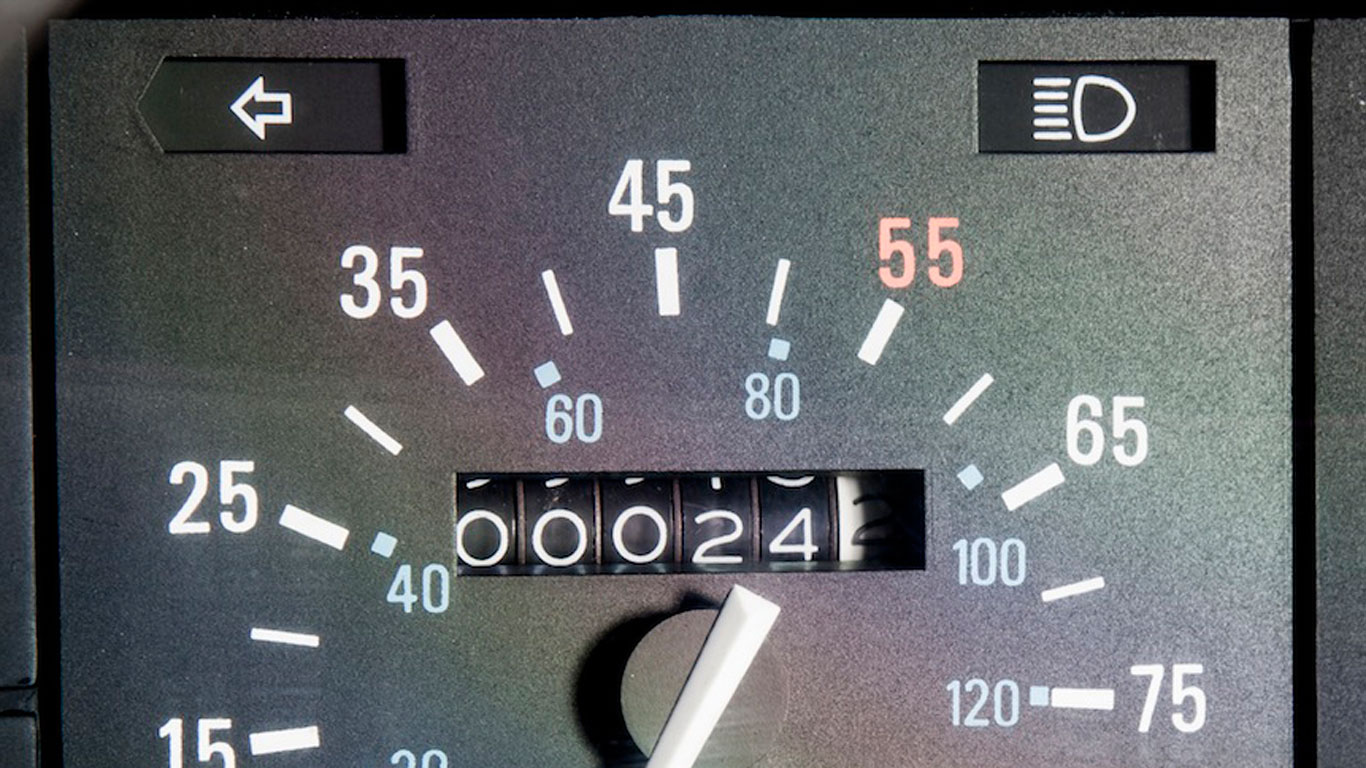
24 miles on the clock
© Historics at BrooklandsMost amazing of all, the car had clocked up a mere 24 miles, so is essentially factory-fresh. It is certainly an evocative way to travel back to the future in 1981. So to speak.
-
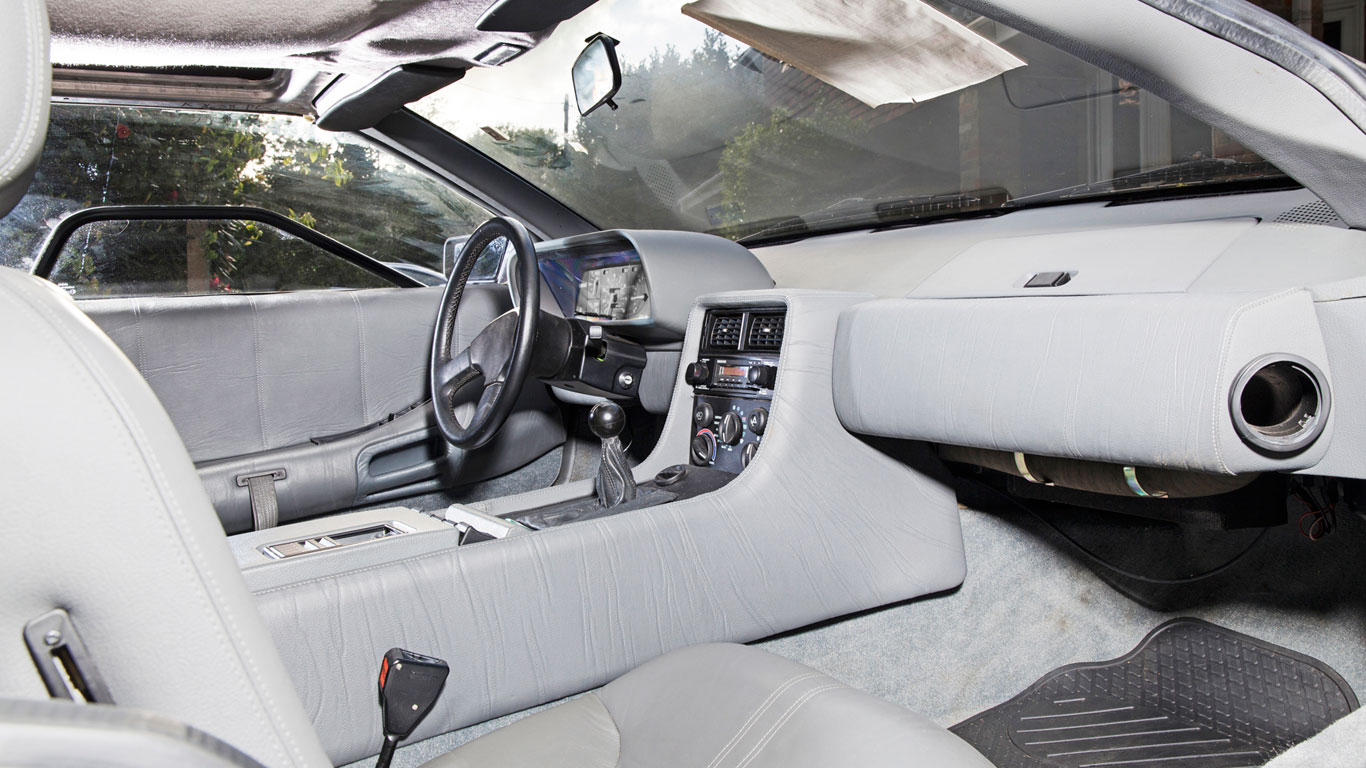
A brand new car?
© Historics at BrooklandsBefore the auction, a spokesperson for Historics at Brooklands said: “It’s a time-warp car. Despite being manufactured 34 years ago, it has spent all but a few weeks of its life cocooned in dry storage, and is effectively a brand new, unused car.” Well, quite.
-
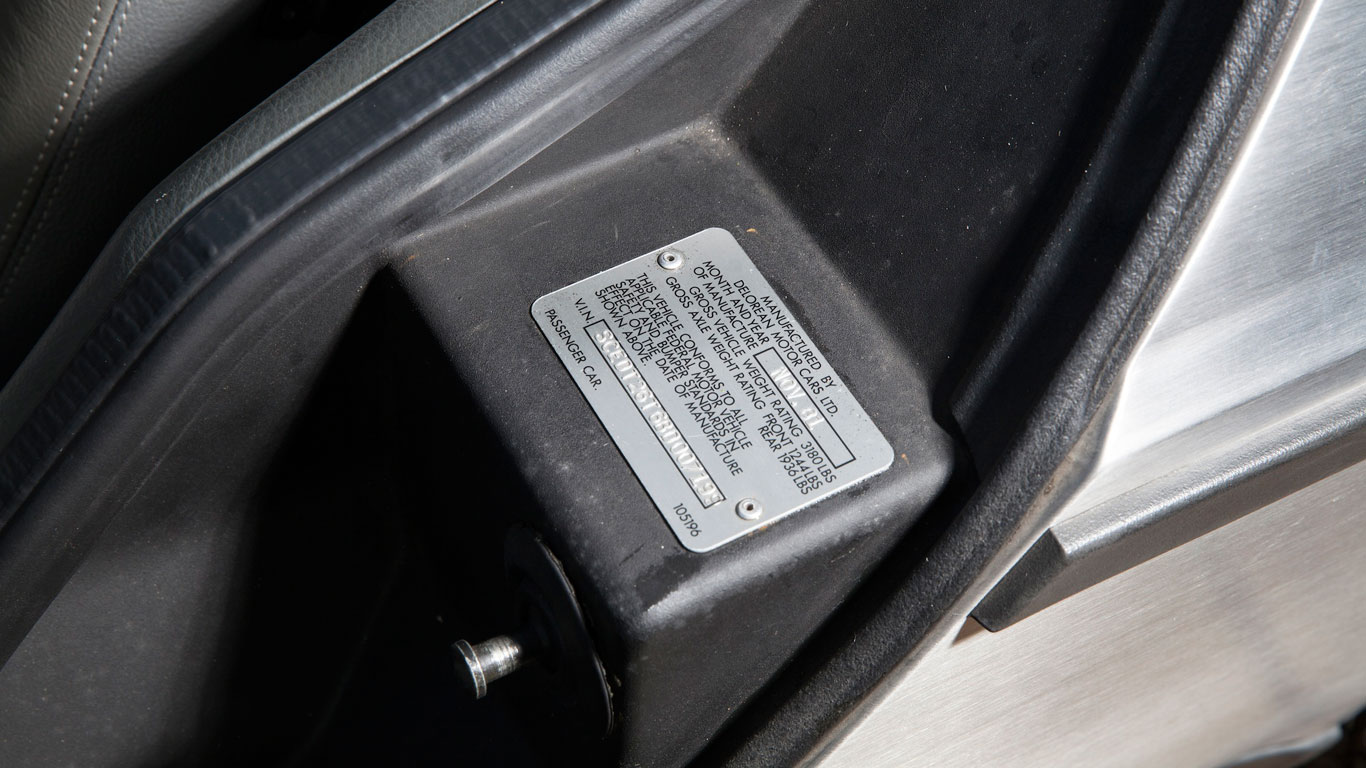
Sold for £57,120
© Historics at BrooklandsBack in 2015, this DMC-12 sold for a record-breaking £57,120. Even now, that kind of money could buy you a far better sports car, such as a Porsche Cayman or Alpine A110. But maybe that’s missing the point.
-
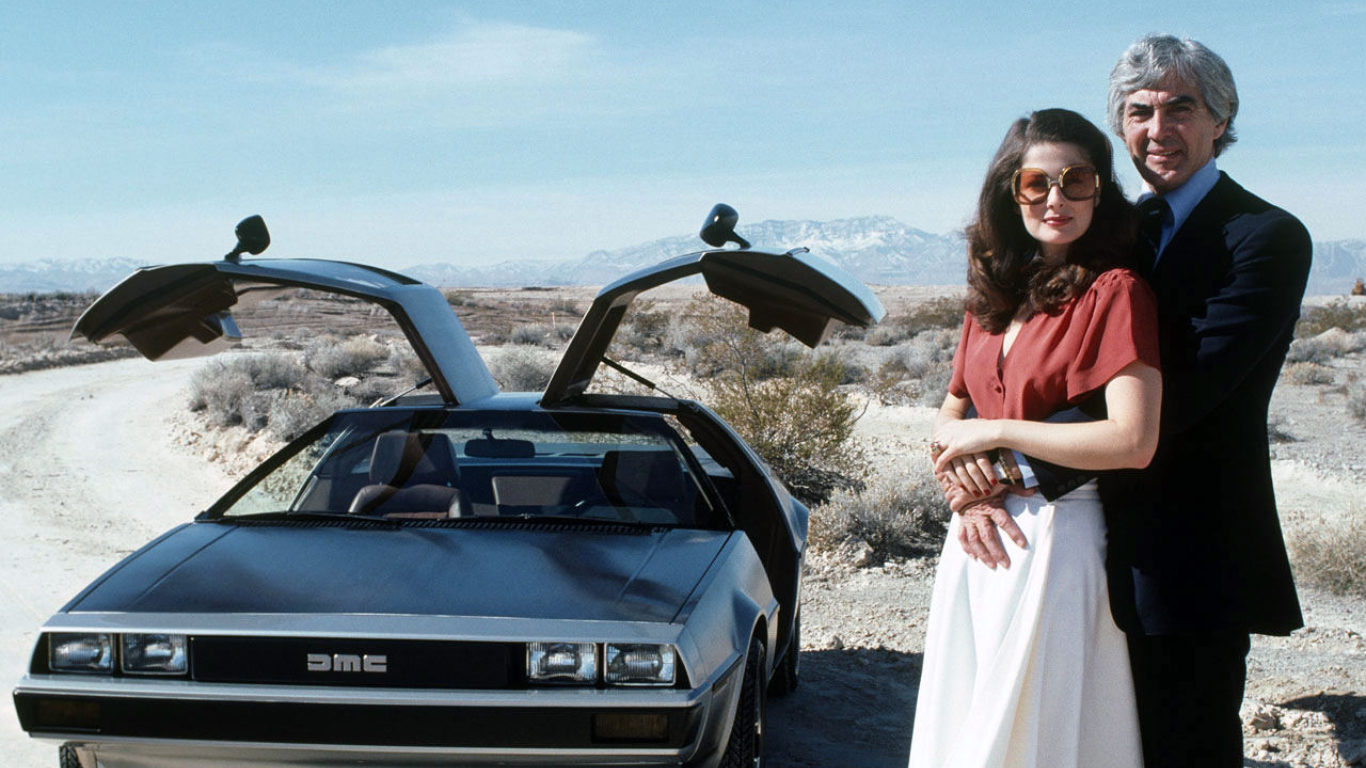
An unlikely icon
© DeLoreanThe DeLorean DMC-12 is one of the most recognisable cars in the world, a vehicle that has transcended its humble component parts to become an icon. Some 8,975 were made between 1981 and 1982, and only around two thirds of that total are thought to survive. Today, driving one will turn more heads than any six-figure supercar, even if it takes far longer to reach 88mph.
The amazing story of DeLorean
Going beyond the movie glamour, we reveal what the DMC-12 was really like – and why it all went wrong for DeLorean.
Home The amazing story of DeLorean
News
Time-capsule 1989 RUF CTR Yellowbird heads to auction
One of only six cars built in lightweight specification, this iconic RUF CTR 'Yellowbird' could reach almost £5 million at Amelia Island.
Renault takes Ferrari-style approach to preserving classic cars
The Originals will help owners to restore and maintain their classic Renault cars, including a network of officially certified garages.
For sale: Mercedes-Benz 560 SEC with TWO celebrity owners
First owned by Nigel Mansell and then by Brian Sewell, this classic coupe was later displayed at Mercedes-Benz World in Surrey.
Features
The amazing 10-car garage you could buy for the cost of ONE wedding
As Prince Harry and Meghan Markle announce their engagement, we fire up Auto Trader
Celebrating Citroen’s most innovative cars
From the Traction Avant to the new electric Ami One, we look back at some of Citroen’s greatest hits (plus a couple of misses).
These classic radio controlled cars are pure nostalgia
From the first Competition Special to one of the seminal Tamiya RC cars, here’s a radio controlled trip down memory lane
Reviews
2004 BMW M3 CSL review: Retro Road Test
Arguably the greatest BMW M3 of all, the E46 CSL serves up no-holds-barred driving excitement. Here's what you need to know about buying one.
2009 Honda S2000 review: Retro Road Test
We drive the run-out Honda S2000 GT Edition 100. Should it be on your retro roadster shortlist alongside the Mazda MX-5 and Porsche Boxster?
2010 Seat Leon Cupra R review: Retro Road Test
It looks like a people carrier, but can outgun a Volkswagen Golf GTI. We give the 2010 Seat Leon Cupra R the Retro Road Test treatment.
